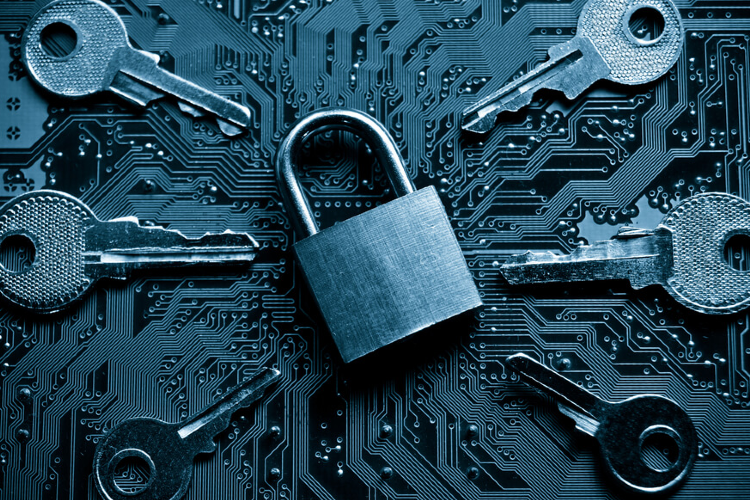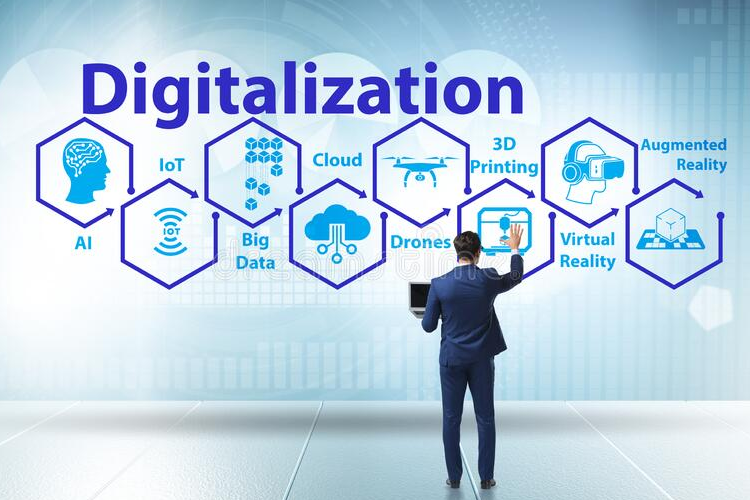
Productivity is defined as the quality of work one can produce in a given task. Productivity in general stands on two pillars: the amount of time required to give the desired outcome and the success rate of the desired outcome. Productivity and quantity of time given are never directly proportional. A remote worker working additional hours is not more productive as productivity is basically working smarter. Research has found that workers are more productive when they are provided with the flexibility to work accordingly.
To avoid the problems of remote working employees some essential tips are:
-
Track the productivity hours: Set tasks based on your maximum productivity hours and try to accomplish the difficult ones faster. To be on track use different productivity apps available to never miss deadlines.
-
Overworking: It’s necessary to create a physical boundary between work life and personal life. Turn off your notifications after a specific period as overworking can affect your productivity in the long run. Make sure to refill your glass at the end of a long day by taking an hour for yourself to go for a walk, read your fav novel, or take a nap. Use promo techniques to enhance your productivity.
-
Avoid distraction: Train your mind to be productive in the period given by avoiding distraction. A distraction makes you work 10 times harder. If you fail to concentrate on a space for a longer period try working in a co-working space.
-
Bad health habits: No matter where you stay it’s easier to slip into bad habits. You should always keep an eye on your habits as you shape habits and habits shape your future. Habits directly affect your productivity as it either drains or gives you the energy to perform the required task.
-
Communication Issues: Be proactive related to your work and stand up for it any miscommunication arrives.








